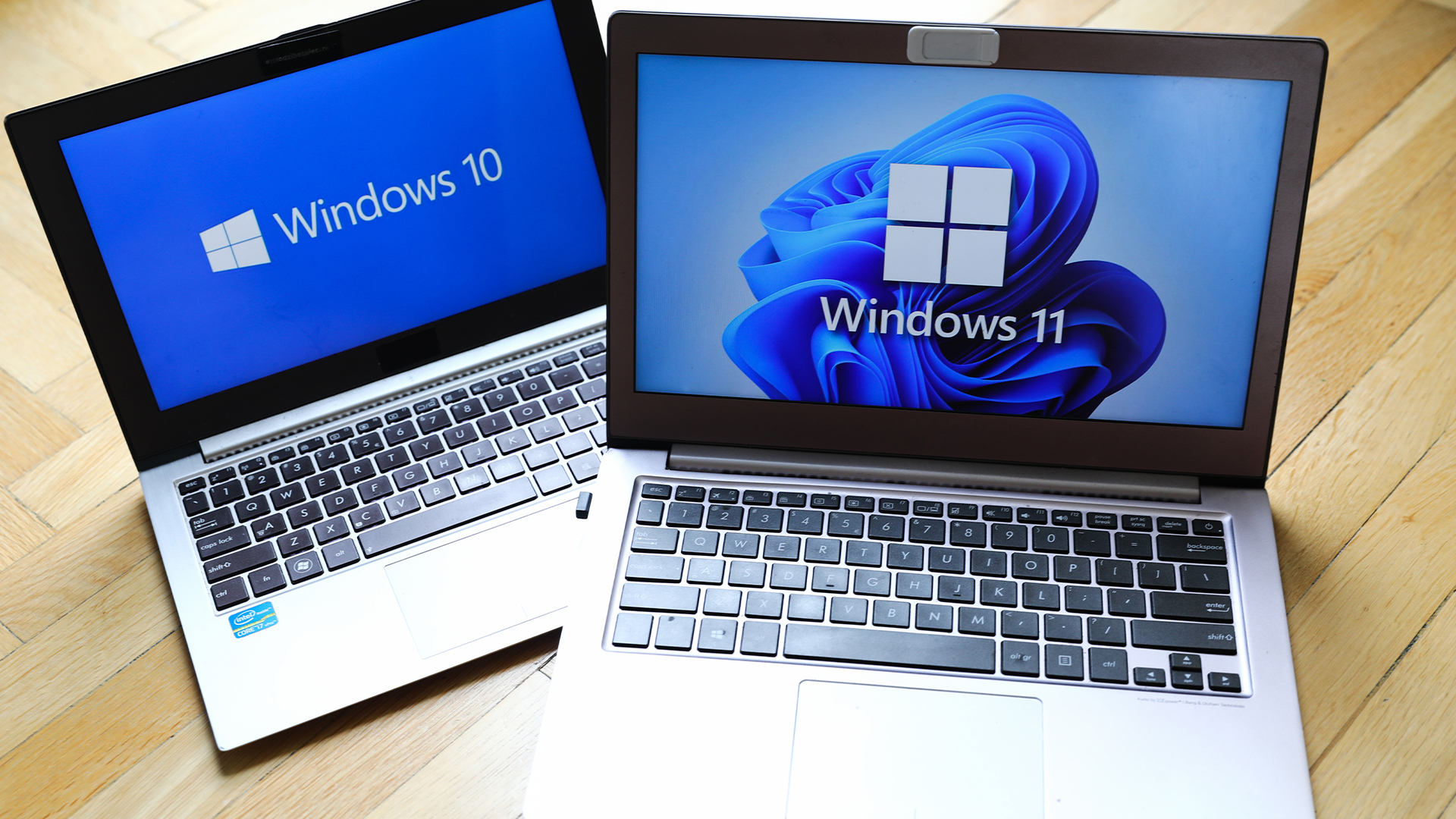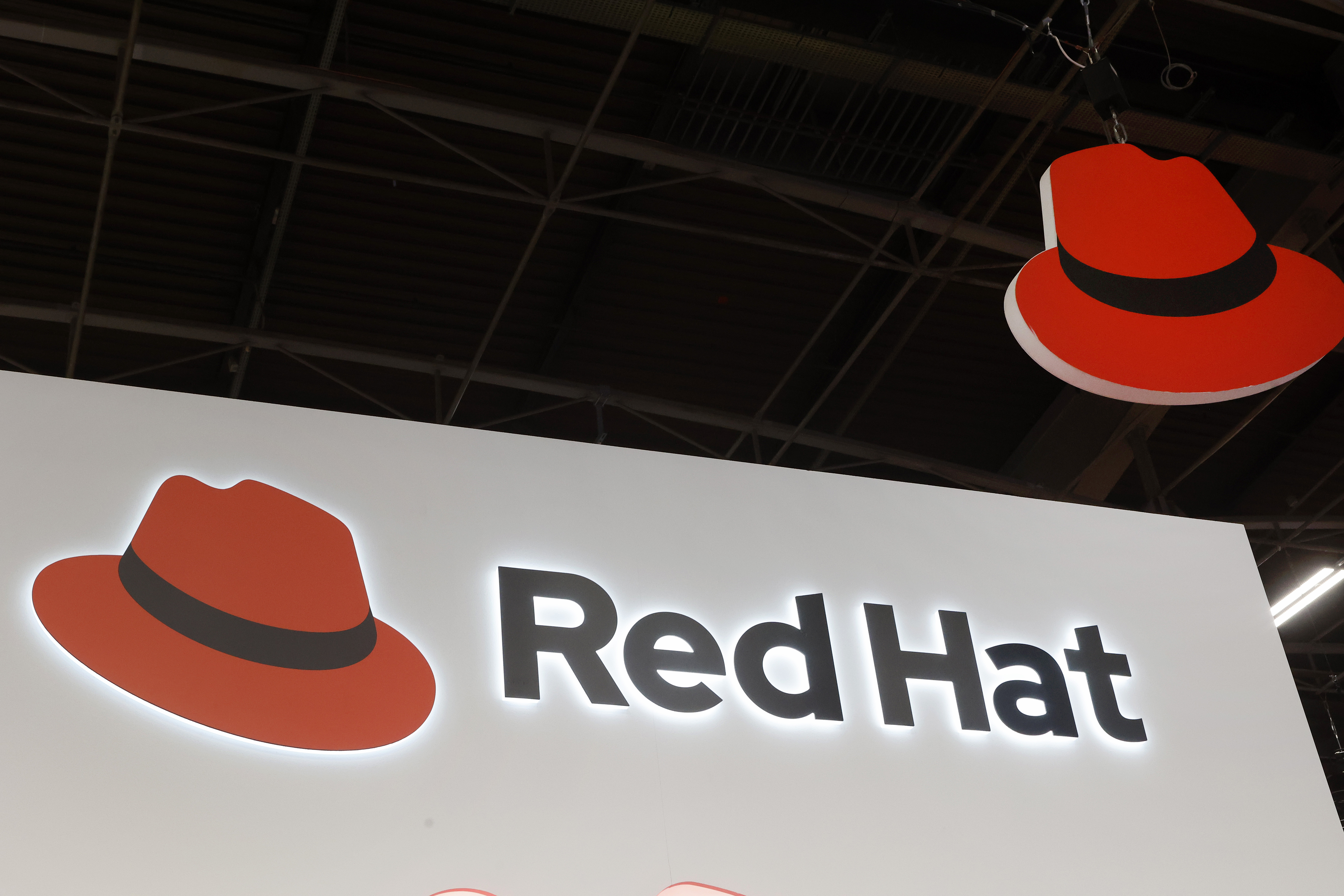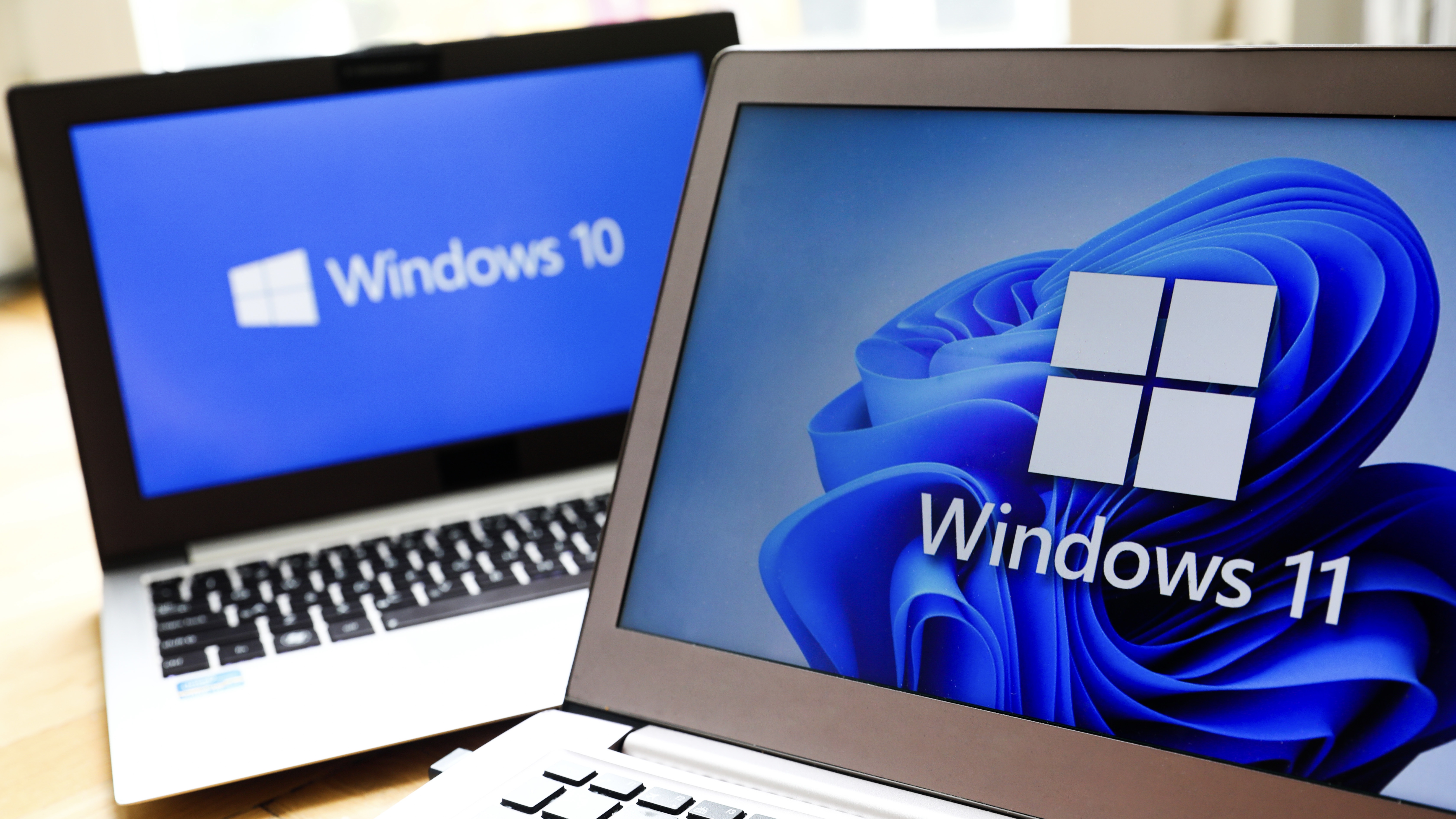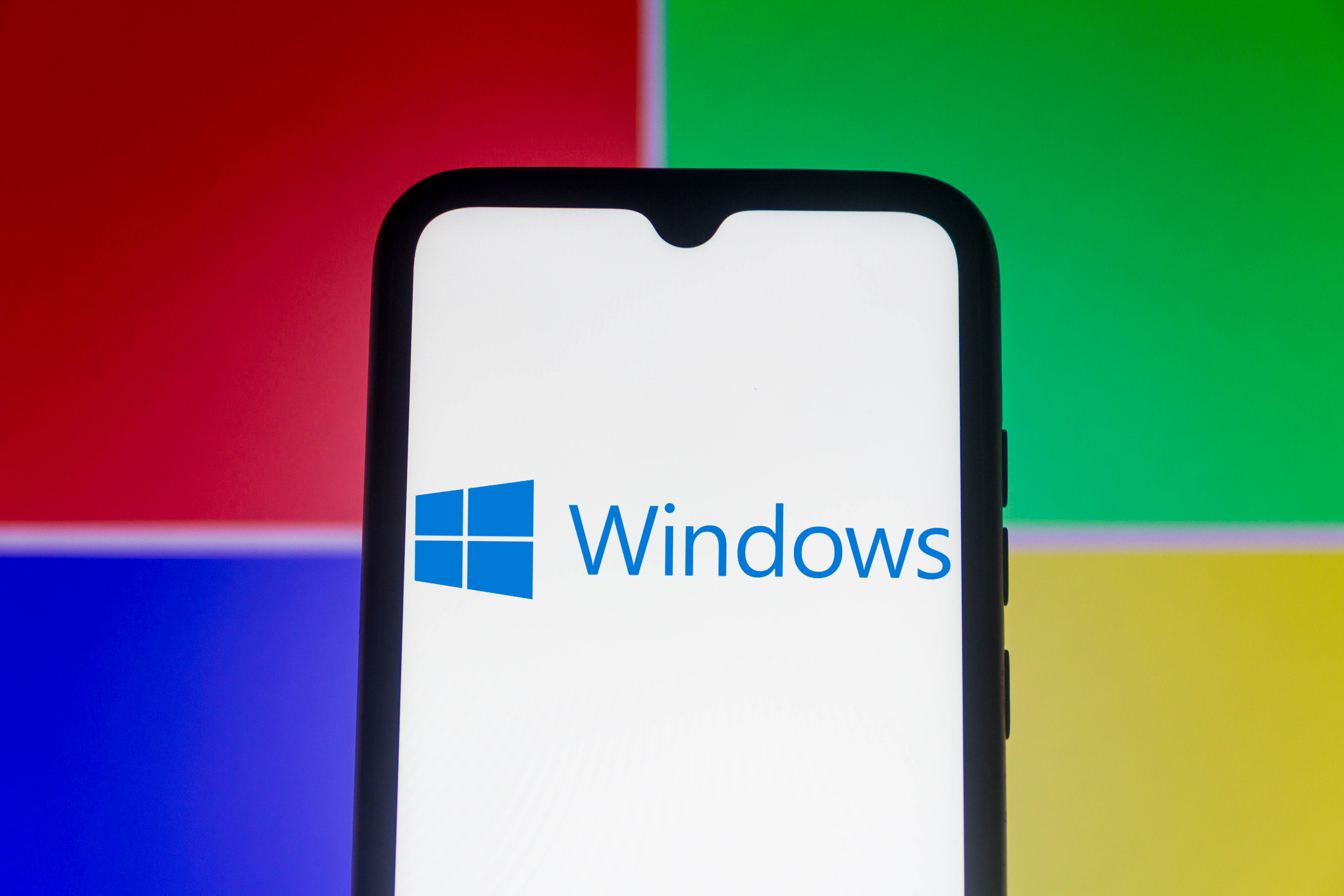Windows would be better running Chrome OS
Google should be taking Chrome OS to Windows users, not vice versa


As I write, rumours are swirling that high-end Chromebooks will soon provide the option to boot into Windows. It's left me scratching my head so hard that I now have a bald spot.
The whole point of Chromebooks is that they are not Windows. No viruses, no half-hour waits while the operating system updates, none of the baggage of the big, unmanageable "hairball", as Sun Microsystems' Scott McNealy used to call it.
Chromebooks offering Windows is like a six-pack of Coca Cola coming with a free can of Pepsi or a macrobiotic burger: it's the thing they're not supposed to be. Is the Pope Catholic? I'm not so sure any more.
In my opinion, Google has got this completely back to front. It shouldn't be adding Windows to Chrome OS, it should be adding Chrome OS to Windows. If you point your web browser in the direction of www.neverware.com, you'll come across an operating system called CloudReady. It basically allows you to turn any laptop into a Chromebook, either dual-booting alongside Windows or running as the laptop's sole operating system.
CloudReady is great for turning an old laptop into a quick-and-easy web terminal. I've got it running on an old ThinkPad Carbon X1 that used to be my day-to-day machine. I've just switched it on for the first time in months and I'm browsing within 10 seconds. If that was Windows, it would take 30 seconds to boot and spend the next two hours downloading the 86 security patches and updates I've missed.
CloudReady is far from perfect, however. It's built on the same open-source operating system as ChromeOS, but it doesn't have some of ChromeOS's proprietary features. You can't play Netflix videos without applying a convoluted workaround, it won't locate you on Google Maps and you can't use screen-sharing functions or Google Hangouts. And unlike some of the fancier Chromebooks, you can't run Android apps from within CloudReady.
Google could solve most - if not all - of these problems at a stroke by making ChromeOS available to install on your own computer. Right now, the only way to get ChromeOS (legally) is to buy a Chromebook, but if it provided a CloudReady-like installer, Windows laptop owners could get the best of both worlds: a lightweight Chrome OS to use when they want a quick browsing session or to breathe new life into a tired machine; the full-blown Windows when they want to play games, edit some photos or do any of the hundreds of other tasks that require full-fat Windows.
Sign up today and you will receive a free copy of our Future Focus 2025 report - the leading guidance on AI, cybersecurity and other IT challenges as per 700+ senior executives
My bet is that this would do more to boost Chromebook sales than bolting Windows onto Chromebooks. I'd imagine a good proportion of dual-booting users would soon realise that they spend most - if not all - of their time in Chrome OS. The next time they came to replace their laptop, why would they bother with a more expensive Windows machine when they can get all they need from a cheap, easy-to-maintain Chromebook? Especially if the Chromebook offered support for Android apps, which are often much closer to full-blown Windows apps than web apps.
Adding Windows to Chromebooks is bringing the mountain to Mohammed. Why's Google making life so difficult for itself?
Barry Collins is an experienced IT journalist who specialises in Windows, Mac, broadband and more. He's a former editor of PC Pro magazine, and has contributed to many national newspapers, magazines and websites in a career that has spanned over 20 years. You may have seen Barry as a tech pundit on television and radio, including BBC Newsnight, the Chris Evans Show and ITN News at Ten.
-
 Trump's AI executive order could leave US in a 'regulatory vacuum'
Trump's AI executive order could leave US in a 'regulatory vacuum'News Citing a "patchwork of 50 different regulatory regimes" and "ideological bias", President Trump wants rules to be set at a federal level
-
 TPUs: Google's home advantage
TPUs: Google's home advantageITPro Podcast How does TPU v7 stack up against Nvidia's latest chips – and can Google scale AI using only its own supply?
-
 Windows 10 extended support costs could top $7 billion
Windows 10 extended support costs could top $7 billionNews Enterprises sticking with Windows 10 after the October deadline face huge costs
-
 Tiny11 review: Windows 11 with only 2GB of RAM
Tiny11 review: Windows 11 with only 2GB of RAMReview A version of Windows 11 for older machines that don't meet the full requirements
-
 Red Hat Enterprise Linux becomes foundational operating system for Cohesity Data Cloud
Red Hat Enterprise Linux becomes foundational operating system for Cohesity Data CloudNews New strategic partnership between Red Hat and Cohesity aims to drive innovation in the data security and management space
-
 Ubuntu shifts to four-week update cycle
Ubuntu shifts to four-week update cycleNews Critical fixes will also come every two weeks, mitigating the issues involved with releasing prompt patches on the old three-week cadence
-
 AlmaLinux follows Oracle in ditching RHEL compatibility
AlmaLinux follows Oracle in ditching RHEL compatibilityNews Application binary compatibility is now the aim with 1:1 now dropped
-
 How big is the Windows 10 cliff-edge?
How big is the Windows 10 cliff-edge?ITPro Network With some comparing the upcoming Windows 10 end of life to Windows XP, we ask members of the ITPro Network for their insight
-
 Everything you need to know about the latest Windows 11 updates - from bug fixes to brand-new features
Everything you need to know about the latest Windows 11 updates - from bug fixes to brand-new featuresNews Two new cumulative updates are on the way and will be installed automatically on Windows 10 and Windows 11 machines
-
 How to download a Windows 11 ISO file and perform a clean install
How to download a Windows 11 ISO file and perform a clean installTutorial Use a Windows 11 ISO to install the operating system afresh
